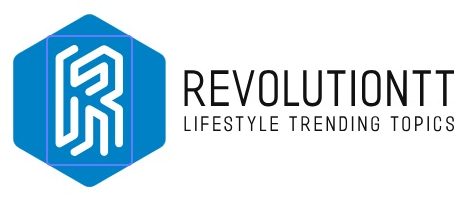Top 5 Quick Business Financing Options for SMEs
While traditional loans can be an ideal solution for business in a cash pinch or in need of a cash flow boost, it isn’t necessarily the best financing choice if you’re looking at time-sensitive business matters. On average, the turnover rate for traditional loans could range from 3 to 6 months. If you’re chasing after a time-bound business opportunity, there’s a high chance that you could lose it by the time your loan gets approved.
Fortunately, different fast loan options are available for small to medium-sized businesses. If you’re for one for your growing business, here are the top five financing options you can apply for:
1. Business Credit Cards
Business credit cards are among the first financing options startup businesses can apply for. It’s easy to qualify for since the credit card providers aren’t particularly strict about their requirements. For instance, instead of looking at the business’ credit background, credit card providers look at the business owners’ personal credit reports.
With a business credit card, businesses will have easier access to cash in a form of a card. They can use it towards office supplies, paying for services, or even when buying airline tickets. Simply put, credit card users can take advantage of the flexibility that credit cards provide.
Moreover, business credit cards also help businesses improve their credit rating. As long as they make repayments on time, they can improve their credit rating. In turn, this will diversity their credit portfolio and make them a better candidate for other business loan options in the future.
2. Business Line of Credit
When businesses incur an unexpected expense, having immediate access to cash is vital. In this case, a business line of credit can be the safety net if your business comes across an emergency expense.
Business lines of credit (LOC) works a lot like business credit cards. The bank or other alternative lenders opens a credit line and sets up a credit limit. Business owners can withdraw cash from their credit line anytime they need it. Once they’ve repaid the amount they took out, their credit balance then returns to its original amount.
Business LOCs are a type of revolving credit. This means that the business can borrow and repay funds from it whenever needed.
Like business credit cards, lines of credit also offer flexibility to business owners. With that, they can control where the cash goes as long as it’s business-related.
3. Equipment Financing
Most companies need equipment and tools to streamline business operations. However, fulfilling the expenses related to equipment can be challenging for small businesses. This is true for companies that are still in the early stages of their operation. This is then where equipment financing comes in.
As the name implies, equipment financing helps provide funding to businesses that need to purchase a piece of certain equipment. With equipment financing, the company can buy or lease vehicles, purchase expensive equipment such as ovens, cranes, computers, and manufacturing machines without hurting their cash flow.
However, it should be noted that the financing will be tied up to the equipment purchased. This means that if the business fails to meet the required repayments, the financing company can seize the equipment and use it as payment for the loan balance.
4. Invoice Financing
Businesses that have unique payment terms may experience cash flow shortages occasionally because of outstanding invoices. For companies that have to wait 60 to 90 days before getting paid, invoice financing can be a viable financing choice.
With invoice financing or accounts receivable financing, the business basically “sells” the invoices to a third-party financing company. The financing company provides the business with a lump sum of cash. In turn, the business can use cash to meet day-to-day expenses, inventory, or invest in business opportunities.
In some cases, the financing company could take over the business’ ledger and be in complete control of payment chasing and collection. For businesses that lack the resources for constantly chasing customers, this could be beneficial. However, some firms may also find this uncomfortable because their customers will be aware of their relationship with the financing company.
5. Short-term Loans
Like a regular term loan, a short-term loan provides businesses with a lump sum of cash that can be paid within a specific period of time. Since the loan is short-term, the payment period could be anywhere from 3 to 12 months. Lenders could collect the payments on a daily or weekly basis, depending on the agreement.
However, unlike long-term loans that take months to approve, a short-term loan has a faster approval period. Alternative and online lenders, in particular, could approve the loan 24 to 48 hours after the application has been submitted.
Other benefits of short-term business loans include spending flexibility, limited paperwork, and faster funding. However, since the loan is short-term, business owners can expect lenders to charge a higher interest rate than a long-term loan.
Choose Between the Different Fast Loan Options Wisely!
Each business is unique, and they will experience different kinds of challenges. When it comes to loans, there’s no one-size-fits-all choice. You need to be able to identify what your business needs first before you can choose the quick financing option that will address your company’s needs.
The different fast loan options mentioned above are great options to consider. Look into the loans individually and try to see if it will solve your current financial situation.



